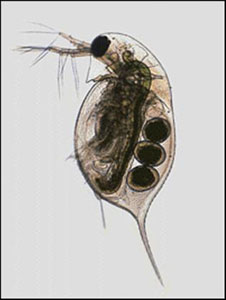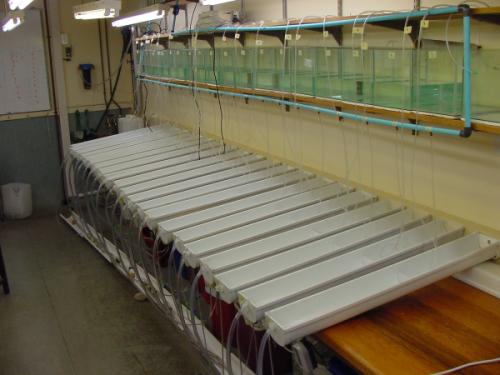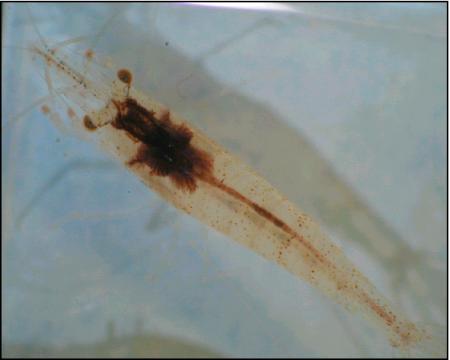Laboratory
Laboratory facilities
- Central laboratory: houses the indigenous organism cultures, water purification unit (deionizer) and can be used as a general laboratory for experimental work.
- Daphnia laboratory: a controlled environment laboratory housing daphnia cultures and in which some specific toxicity tests can be conducted.
- Wet laboratory: a controlled environment laboratory for general experimental work. Houses a refrigerated centrifuge, an autoclave and an isolation hood.
- Toxicity test laboratory: a large laboratory for undertaking acute, chronic or direct toxicity assays. It is a controlled environment room and houses a 24 channel peristaltic pump for use in toxicity tests requiring a high degree of precision.
- Sterile algae culture facility: houses a laminar flow cabinet, incubator and growth chamber.
- Bioremediation laboratory: for use in effluent experimentation and houses various shakers, growth chambers, centrifuge and other standard lab equipment.
- Instrument room: houses an Olympus research microscope equipped with a camera and workstation, a Biotek microplate reader, and Spectroquant photometer.
- Preparation room: Houses various desktop water quality parameter instruments (pH, conductivity and dissolved oxygen) and other standard lab equipment (heating blocks, measuring balances etc)
There is strict adherence to health and safety laboratory guidelines and good laboratory practice (GLP). Health and safety procedures, aligned with Rhodes University procedures, also apply. Training sessions (induction programmes) for IWR GLP and health and safety protocols are undertaken with the arrival of new students and staff. A number of staff are trained to Level 3 first aid (St. John Ambulance).
Laboratory cultures
The D. pulex culture is maintained under strict well-established South African protocols. This stock was started from CSIR cultures. Approximately 70 individuals are maintained in twelve 2L glass beakers. Culture and laboratory parameters are recorded daily. Neonates less than 24-hours old are used in standard acute and chronic toxicity tests.

Caridina nilotica (an indigenous macroinvertebrate toxicity test organism)
The culture of freshwater shrimp was started in 1998, with C. nilotica collected from the Mpsini stream (KwaZulu-Natal). Shrimps of all ages are maintained in ten 30L glass tanks according to a protocol developed and refined by UCEWQ-IWR over the past six years. Shrimps are fed a general diet of Spirulina flakes with gravid females receiving additional Tetramin flakes. Water quality parameters are monitored daily. Developing embryos, juveniles and adults are all used in toxicity tests.
Last Modified: Wed, 23 Feb 2022 16:27:55 SAST


